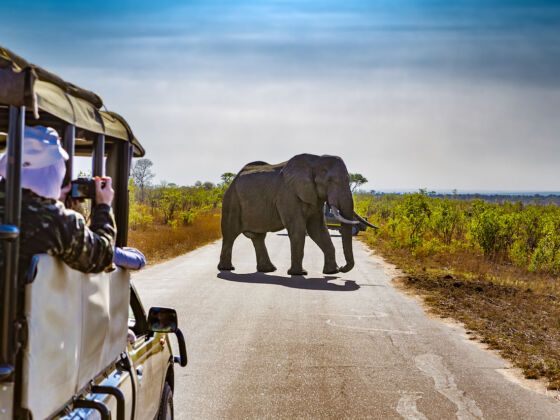Whether you’re planning a South African safari or a trek up Tanzania’s Kilimanjaro, bringing the right gear is imperative. Not doing so can make or break your holiday, especially if you are exploring a remote area. If you’re doing a five-star safari experience in Kenya or Botswana, for instance, most of what you’ll need will be for vanity rather than survival purposes. But if you are planning a road trip through Namibia (which is safe and doable), you’ll want to make sure you come prepared with everything from a solid sleeping bag to a water sterilization pen. Here’s the African safari gear you’ll need for a successful trip.
We hope you love the African safari gear we recommend. Just so you know, Matador may collect a small commission from the links on this page if you decide to book a stay. Listed prices are accurate as of the time of publication.
Luggage
Hardside suitcase
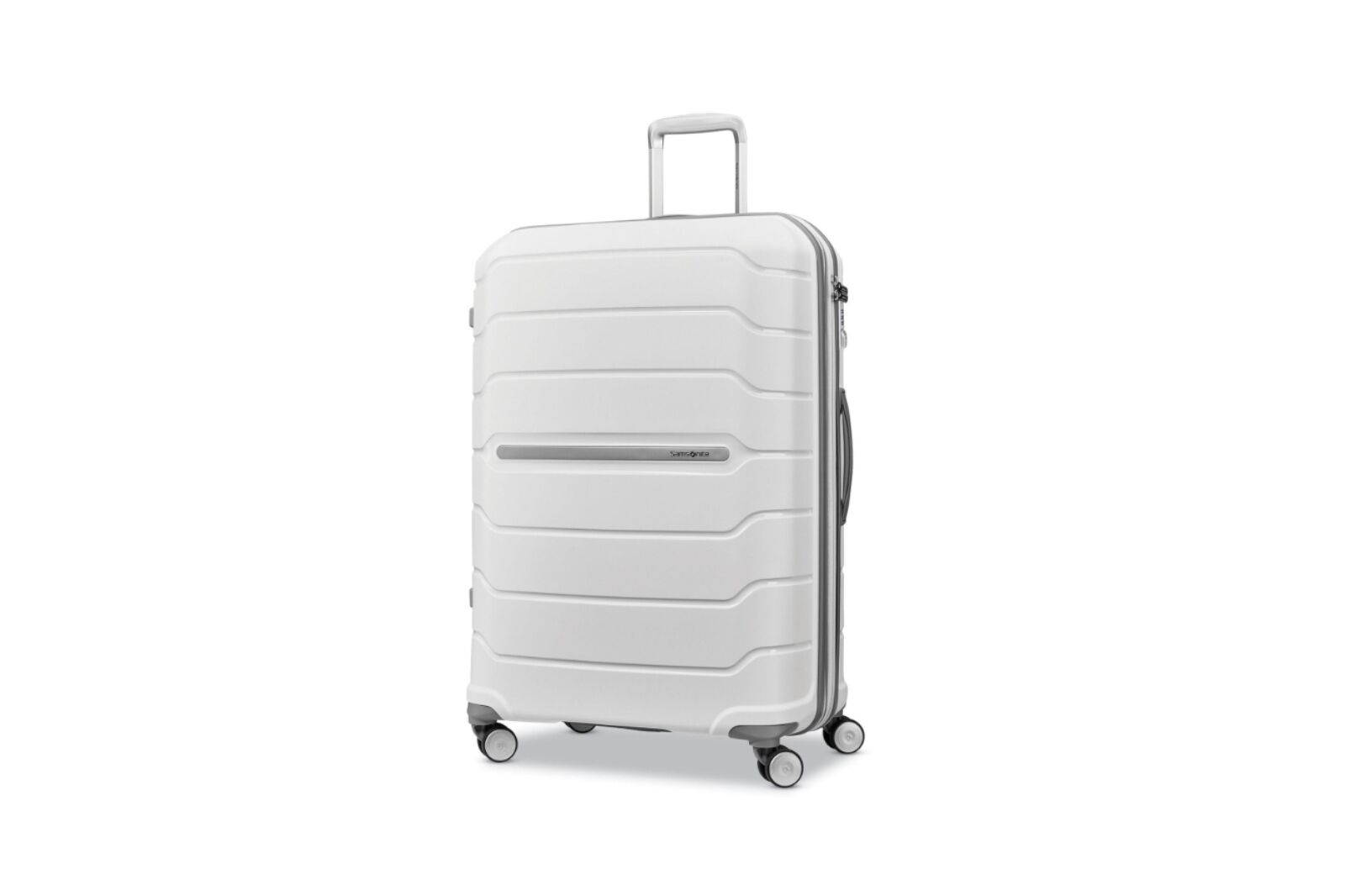
Photo: Samsonite
Whether you bring a suitcase or a backpack will depend on the style of trip you take. A suitcase should suffice for any general African safari experience, although it’s recommend bringing along a daypack (either as your carry-on or empty in your suitcase).
For a suitcase, Samsonite is famously reliable. It offers affordable yet high-quality suitcases that are easy to move with their four spinning wheels, and have hard-side but ultra-lightweight cases that don’t give up after a few flights. There are three different sizes: carry-on, medium, and large. The Samsonite two-piece set in sage green looks great when contrasted with the golden sunsets common on southern African safaris, although there are over half a dozen color choices.
Price: From $179.99
Travel pack
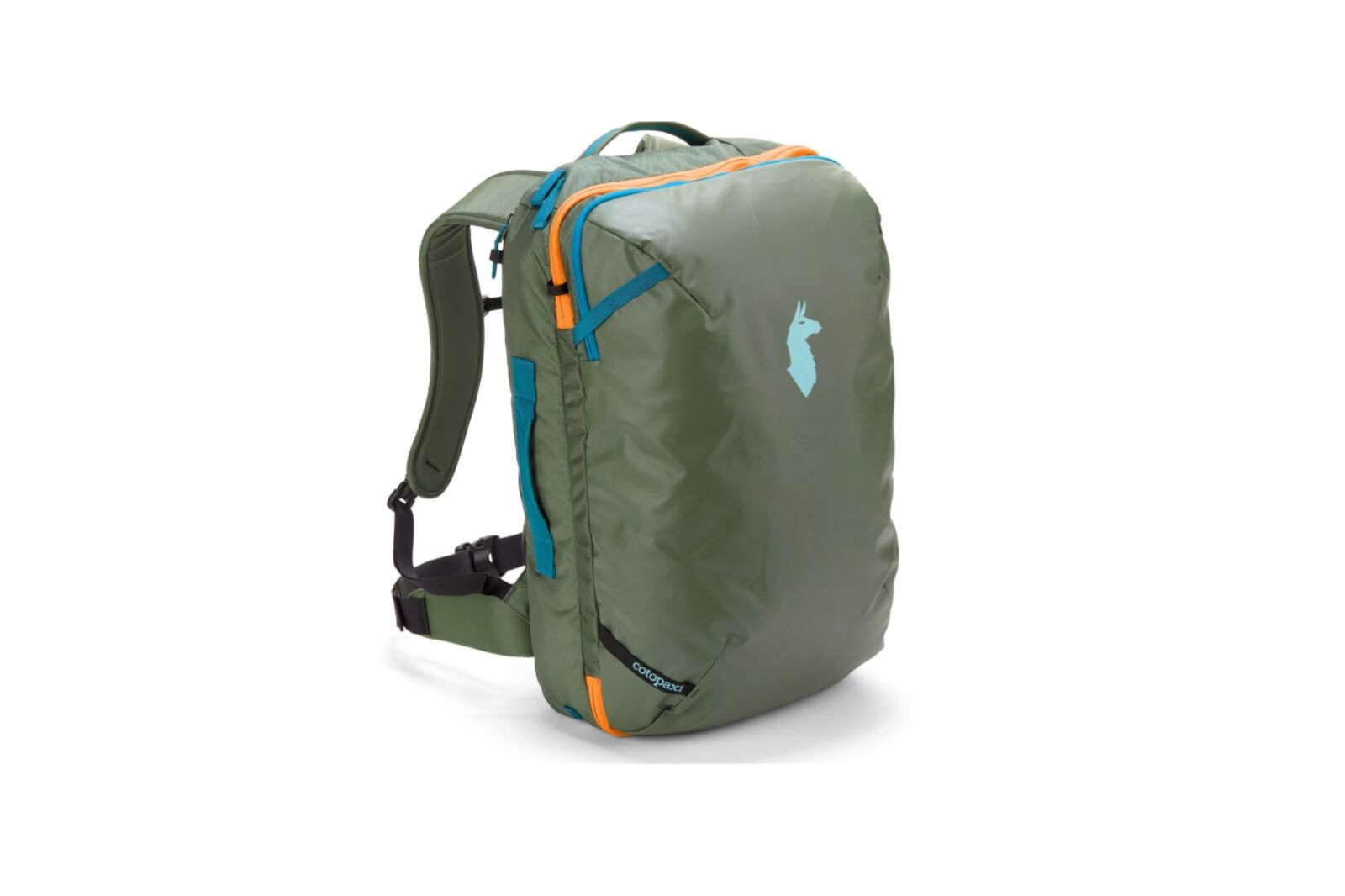
Photo: Amazon
Cotopaxi Allpa 35 L Travel Pack is our top pick for a proper backpack. Small enough to carry on yet large enough to carry a decent amount of clothes, shoes, and gear, it features a top-of-the-line suspension system to distribute weight evenly thanks to contoured shoulder straps, a removable hip belt, and a breathable air-mesh back panel. It has a suitcase-style full-wrap zipper opening on the main compartment that makes it easy to see what you’ve packed and access clothes without digging blindly through a bag. This pack has it all, including a protected laptop compartment.
Price: $200
Daypack
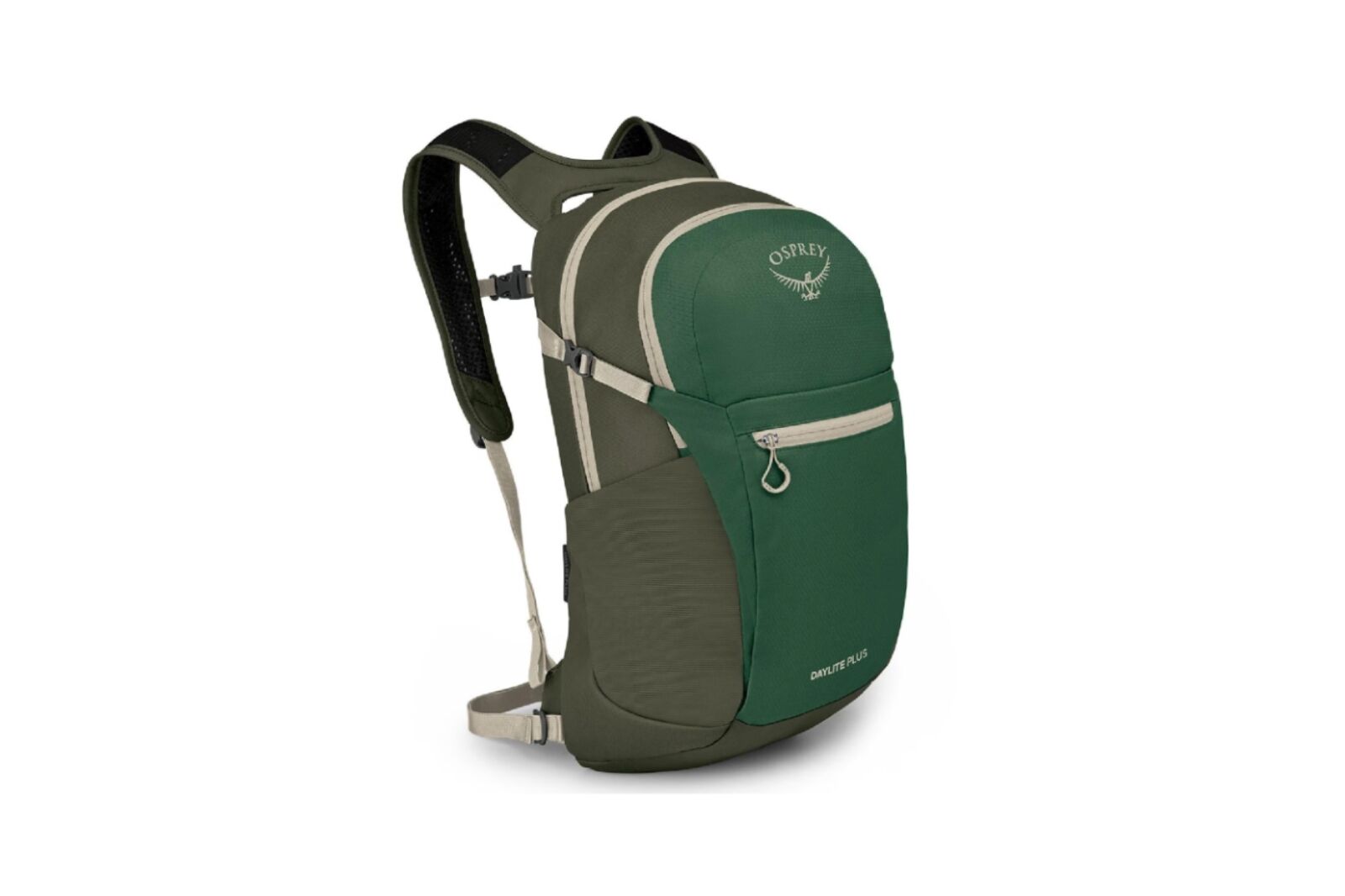
Photo: REI
A daypack is really convenient for day hikes, beach excursions, and safaris when you can throw in layers, your camera, sunscreen, and a water bottle. The Osprey Daylite Plus Pack is tough enough to withstand African travel yet still lightweight and easy to pack. Retailing at $75, it can hold up to 20L of gear and comes in a cool khaki color.
Price: $75
Fanny pack

Photo: REI
If you’re nipping out for a quick trek or to a sunrise or sunset session, you might want a bag that is lightweight and grabable. This waist pack adds the convenience of being hands-free, allowing you to focus on your safari experience without the need to constantly adjust or hold onto a bag. They also keep your belongings close, easily accessible, and safe.
Price: $29.95
Trail runners
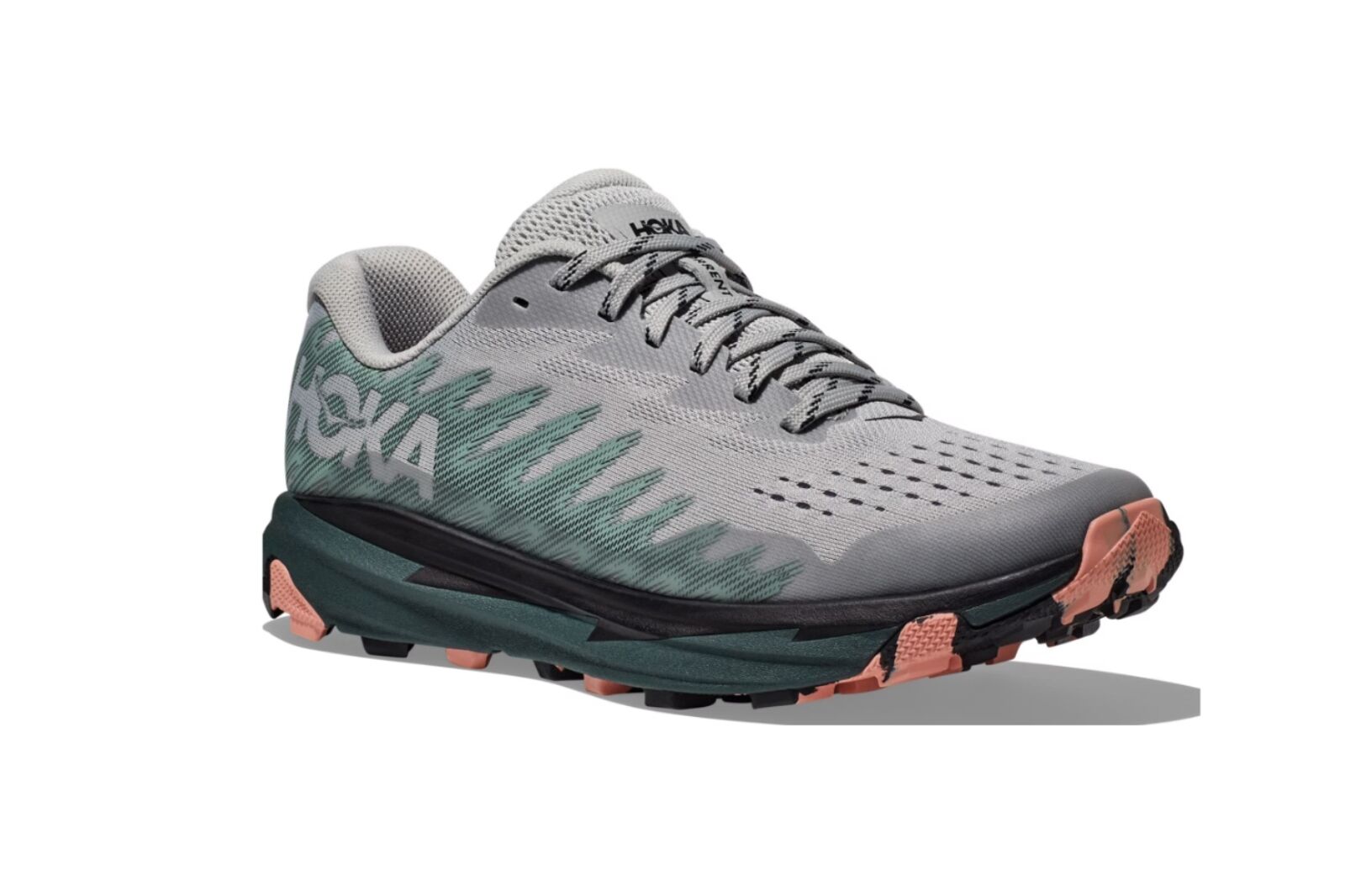
Photo: REI
Having a trusty pair of hiking boots is essential, but you should also consider packing a pair of trail runners. Not because you’ll be doing a lot of running around the plains but because they are a lightweight alternative and stylish enough to wear to drinks or dinner after a day in boots. Trail runners are also versatile enough to handle smooth paths and rough, uneven trails. This makes them ideal for the varied terrains encountered on a safari.
Price: From $130.00
Camera
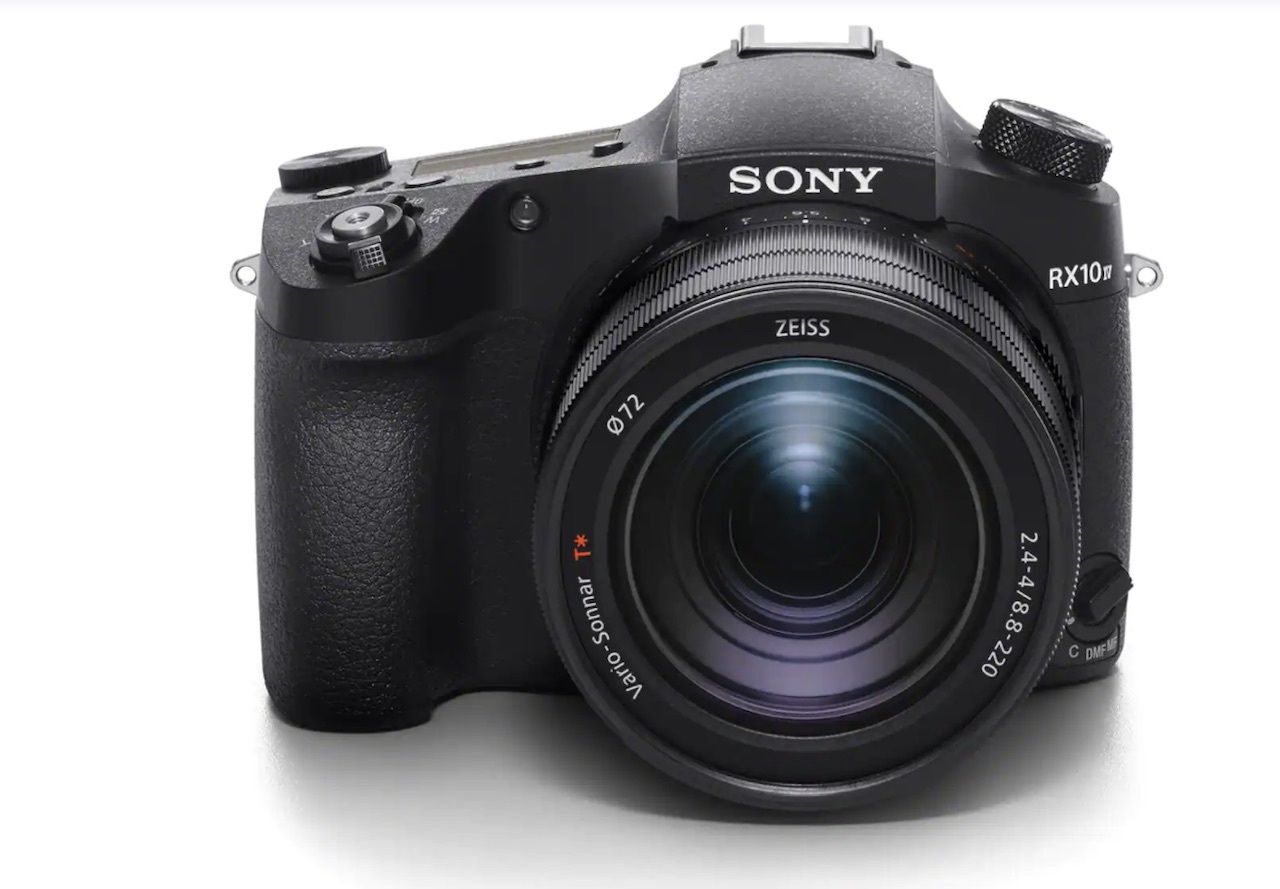
Photo: Amazon
For any African safari, a camera beyond your smartphone is the best piece of gear you can invest in. Even when you get up close to animals on safari, your camera phone just doesn’t cut it for a quality photo. You want a camera with good quality zoom and lens for a clear picture of a pride of lions or a leopard in a tree. Only the largest and easiest to approach animals, like elephants, giraffes, or zebra herds, will be close enough to capture with your smartphone.
Camera price points vary dramatically. DSLR cameras with interchangeable lens cost thousands of dollars. Unless you are planning a career in professional photography, you don’t need to go this route to capture great safari images. The Sony Cyber-Shot RX10 IV is a great bridge camera choice. A bridge camera is a step up from point-and-shoot cameras and a step down from the DSLR style. They are easier to operate than DSLRs yet still deliver top image quality at a mid-range price point. This Sony model comes with a fixed lens, optical and digital zoom, and super-fast autofocus, allowing amateur photographers to take stunning photos. It also shoots 4K video with a super slow motion setting that is great for chase scenes. Pair it with a small tripod, and you will be all set for a safari.
The Sony Cyber Shot RX 100 V is a solid value choice for a more affordable model. It can shoot 24 shots per second, which is a fast fps for still images and makes capturing animals in motion a reality. This camera also shoots 4K video and has a price-point of less than $600.
Price: From $595
Binoculars
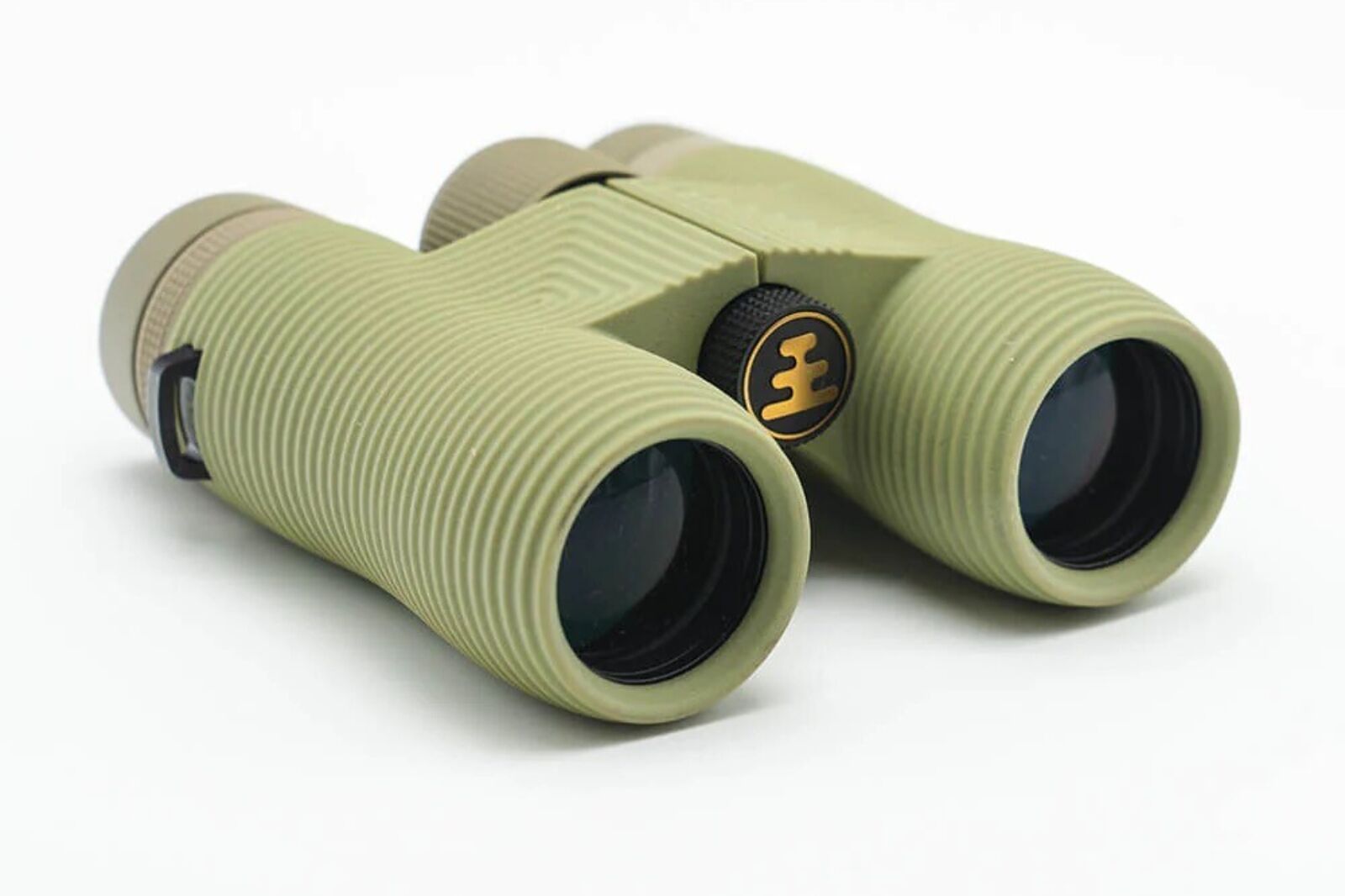
Photo: Nocs
Binoculars enable you to view wildlife at a distance that both you and the animals are more comfortable with. Nocs binoculars are lightweight and compact, making them easy to carry around during long safari drives or walks. They are also praised for their sturdy construction, making them able to withstand the rugged terrain of safaris. Nocs have a huge range of models and colors to choose from.
Price: $95.00
Sleeping bag and air mattress
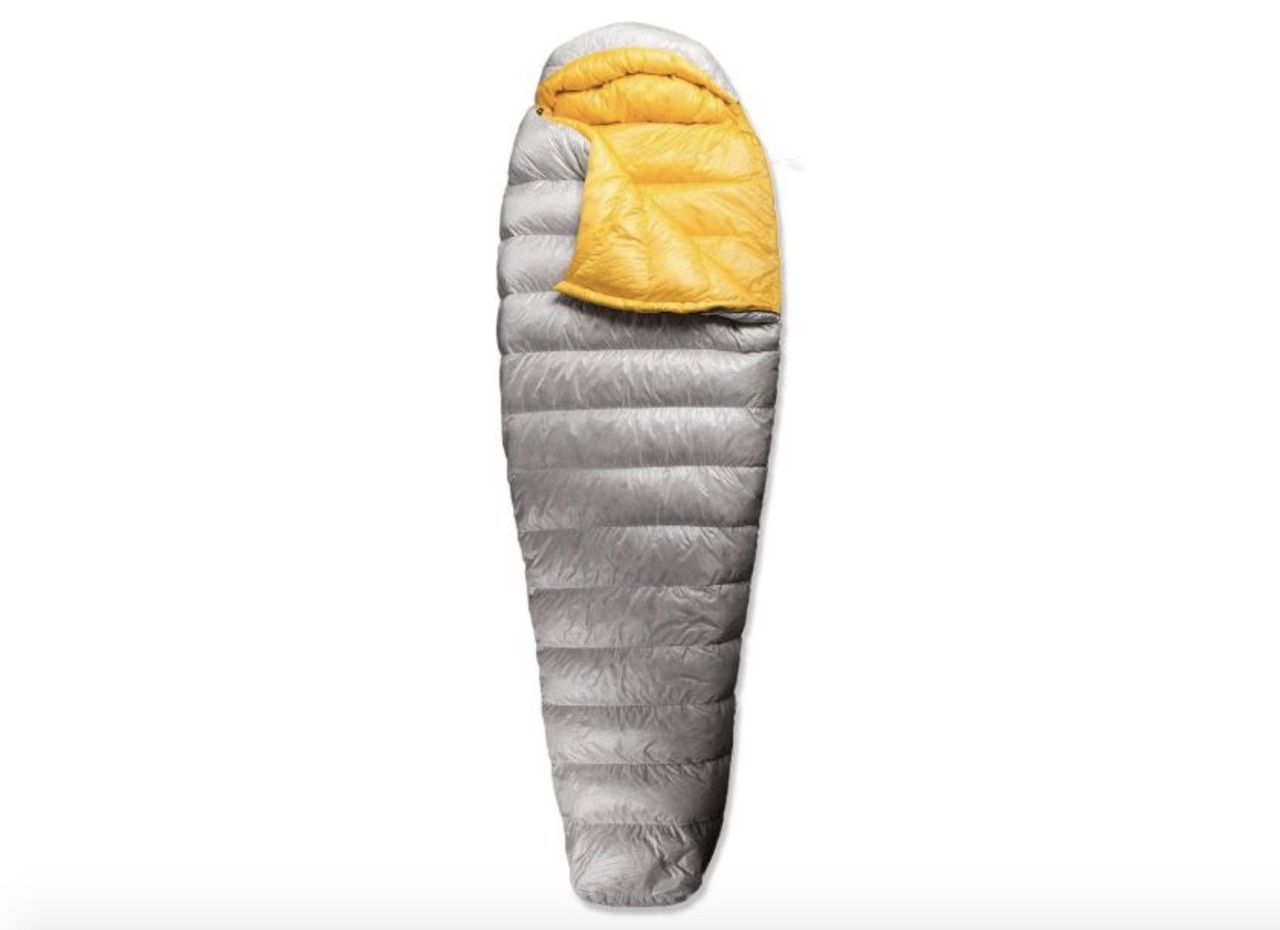
Photo: REI
If you plan to stay in backpacker hostels, partake in a camping safari, or head out on a trekking adventure, then bring a sleeping bag and pad. Sleeping bags have become so compressible that it is easy to throw one in just in case. Sea to Summit makes great, ultra light-weight bags. Depending on the low nighttime temperatures where you will be, you may be able to get away with a sleeping bag that packs down to the size of a 16-oz water bottle, which makes it easy to throw in a carry-on bag. Try the Spark Ultralight Sleeping Bag if you want to save on space. It comes in five versions for performance in all seasons. In Africa, unless you are camping in the mountains in the winter or summiting Kili, it is unlikely you will need anything rated below 28 degrees Fahrenheit. These bags are mummy-shaped but still roomy enough to not feel constricting.
For camping, complete the package with the Comfort Light Insulated Air Sleeping Mat. Using a bag built into the case to blow up to 2.5 inches of thickness, it has two separate layers of interlocking air chambers that mean if one side of your mat punctures, the other side will still function until it’s repaired.
Price: From $189
Shop Comfort Light Sleeping Pad
Portable power bank

Photo: Omnicharge
A portable power bank is handy for so many reasons, especially if you will be off the grid for a few days and want to keep cameras and phones charged. Omnicharge makes several devices that vary in price depending on the amount of power they provide. If you think you’ll need to recharge devices multiple times between fixed power sources, consider the Omni Ultimate by Omnicharge. At three pounds, it isn’t super lightweight, but it has the capacity to charge laptops, smartphones, and even drones multiple times at a fast pace. This charger also has adjustable voltage and amperage, and you can buy a second battery for an even greater charge time. Omni makes a number of less powerful but still very functional devices that are both lower-priced and lighter if you just need to power up your phone a few times.
Solar chargers are another option, but they take a lot longer to charge a device and require direct sunlight to do so. If you have time and just want something lightweight, try the Solar Power Bank 3000 by Tekpluze.
Price: $399
Water purifier
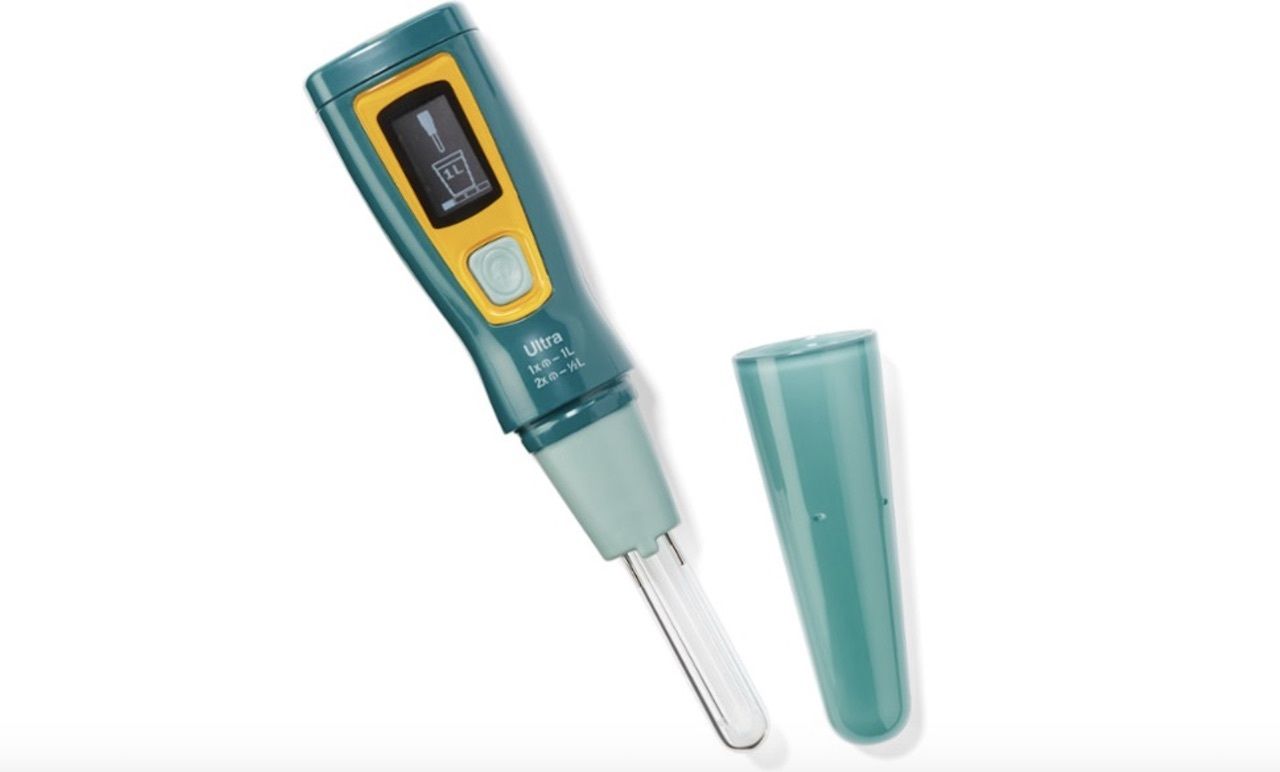
Photo: REI
The Katadyn Steripen Ultra UV Water Purifier is an excellent piece of African safari gear for any adventure. We’ve used it on a two-month stint in Madagascar without getting sick after using it to purify drinking water on a daily basis. The purifier is super easy to use — just click a button and gently agitate the water in a 16-oz wide-neck water bottle. Purifying takes less than a minute using UV-C light rays to destroy 99.99% of protozoa (including Giardia and Cryptosporidium), bacteria, and even some viruses. This pen protects drinking water from typhoid (but still get your vaccine before travel as you can contract typhoid fever in multiple ways), cholera, botulism, and dysentery. It also works well even for places where the tap water is supposed to be safe but still feels questionable.
Price: $119
Satellite texting device

Photo: Somewear Labs
While many places in Africa have excellent cell phone service, there are exceptions in more remote areas, including safari destinations. If you want to keep in touch regardless of where you are, consider purchasing a satellite texting device before traveling. Somewear Labs makes a lightweight satellite hotspot that pairs with your smartphone via a slick app. You can send and receive texts via satellite even when you are offline. The device is easy to use on both ends, and the company offers plans as low as $9 per month that can be paused when you aren’t traveling. The device itself costs $250. This is also a great device for backcountry camping adventures anywhere in the world and allows you to send your coordinates as well as track your trips.
Price: $250 plus service from $9 per month
Safari-appropriate clothing
For safari, you will want to dress in layers. Since dawn and dusk are the best times of day to see animals, you’ll likely head up before sunrise for your morning safari and return after sunset (with a break in the middle of the day) for your evening trip. Besides bright sun (most vehicles are at least open-sided with some also topless, which allows for the most unimpeded views), you’ll also want to protect yourself against mosquito bites, which means long sleeves and pants are recommended.
Long sleeve shirt
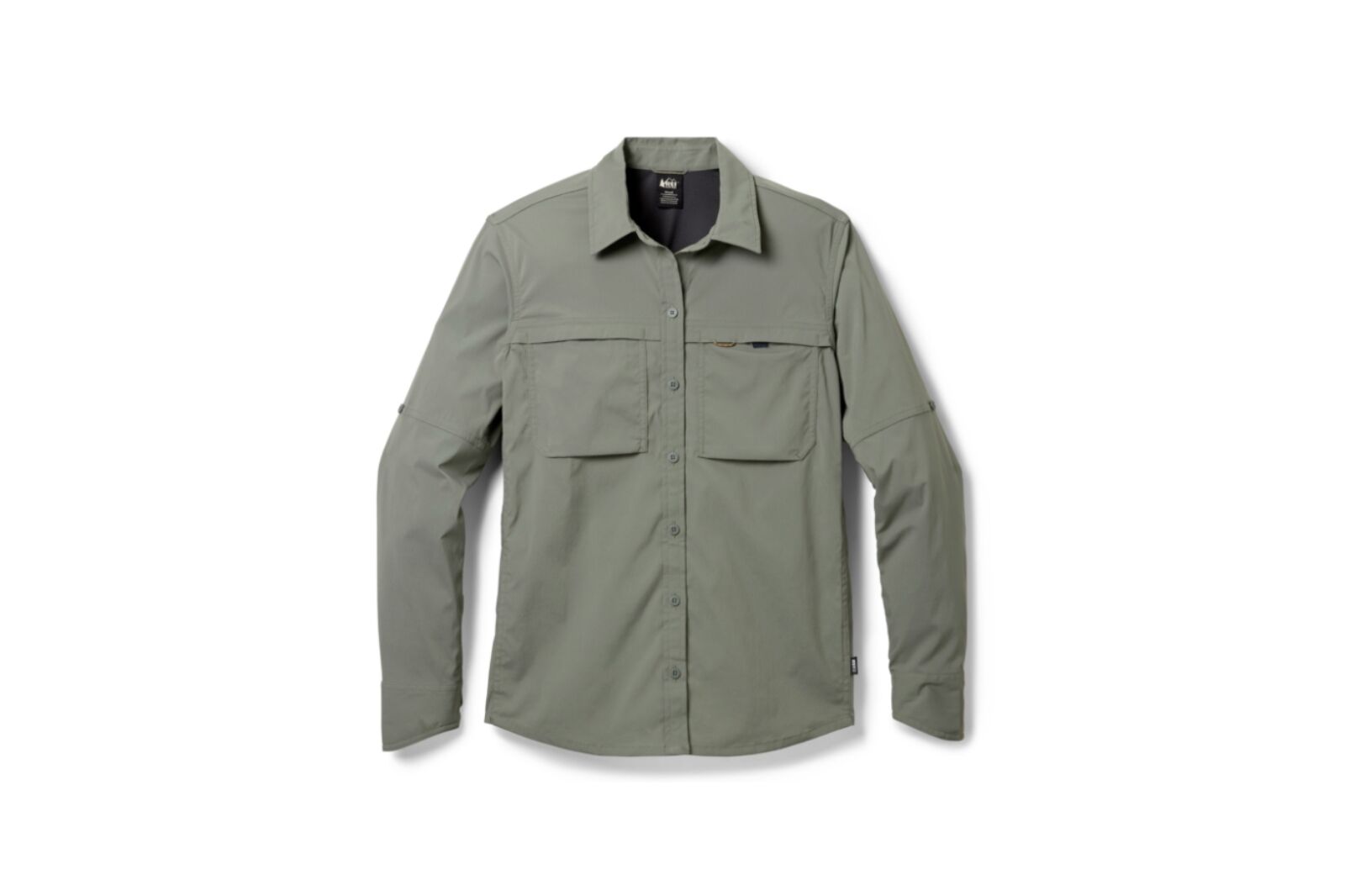
Photo: Amazon
The REI Co-op Sahara Button Up Long Sleeve Shirt is loved for its versatility. When the mozzies are biting or the temperature is chilling, keep the sleeves rolled down, but when you heat up, you can easily roll the sleeves up to your elbows and button them into place. The shirt is stretchy, comfortable, and ventilated. It is also made from quick-drying fabric and comes in several colors.
Price: $64.95
Roll-up pants
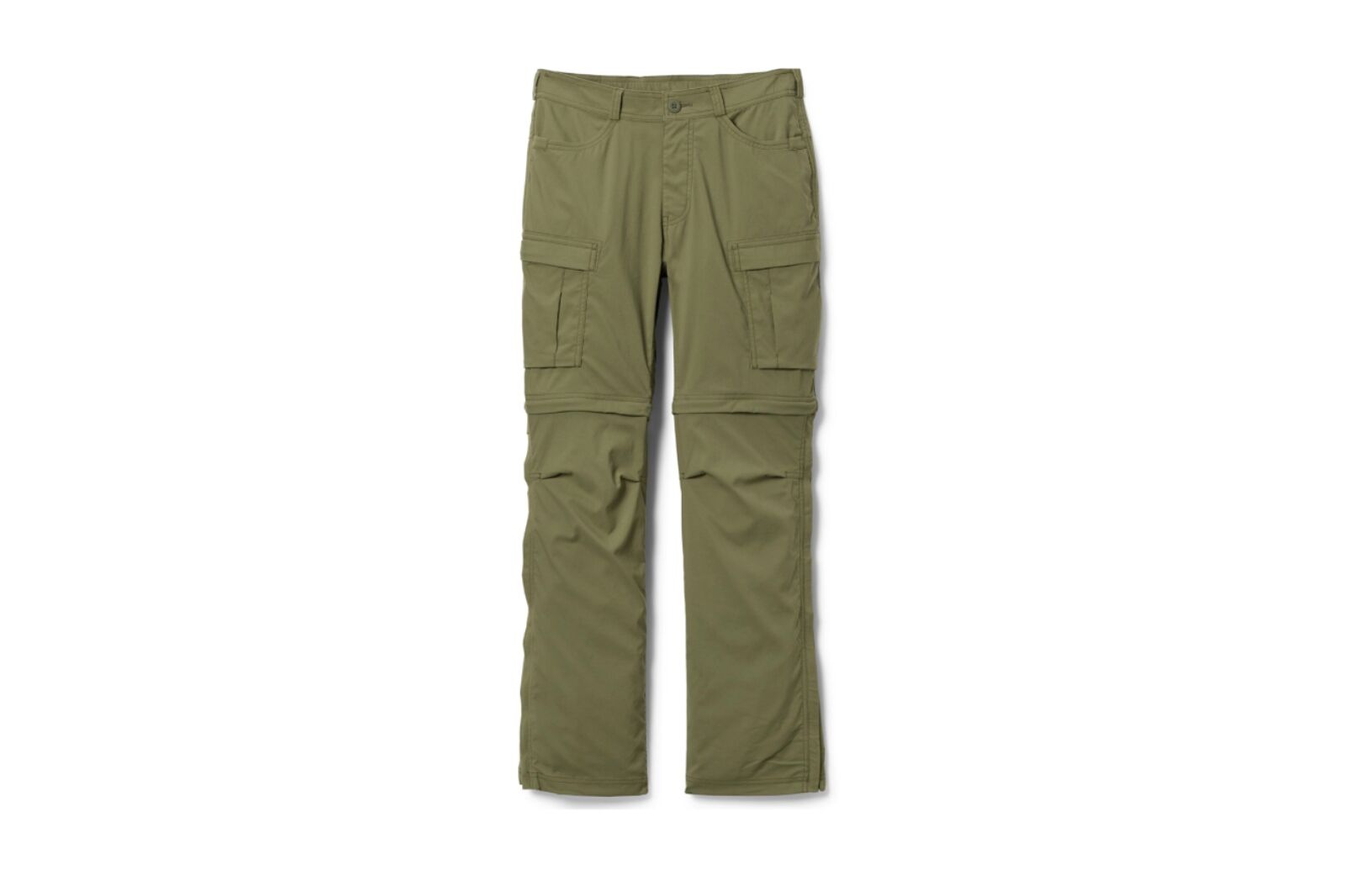
Photo: Amazon
The shirt pairs well with the REI Co-op Sahara Roll-Up Pants that can be rolled up to two different lengths for versatility throughout the day. Fabric on both the shirt and shorts is UPF 50+ sun protection rated.
Price: $79.95
Kora’s hemp t-shirt
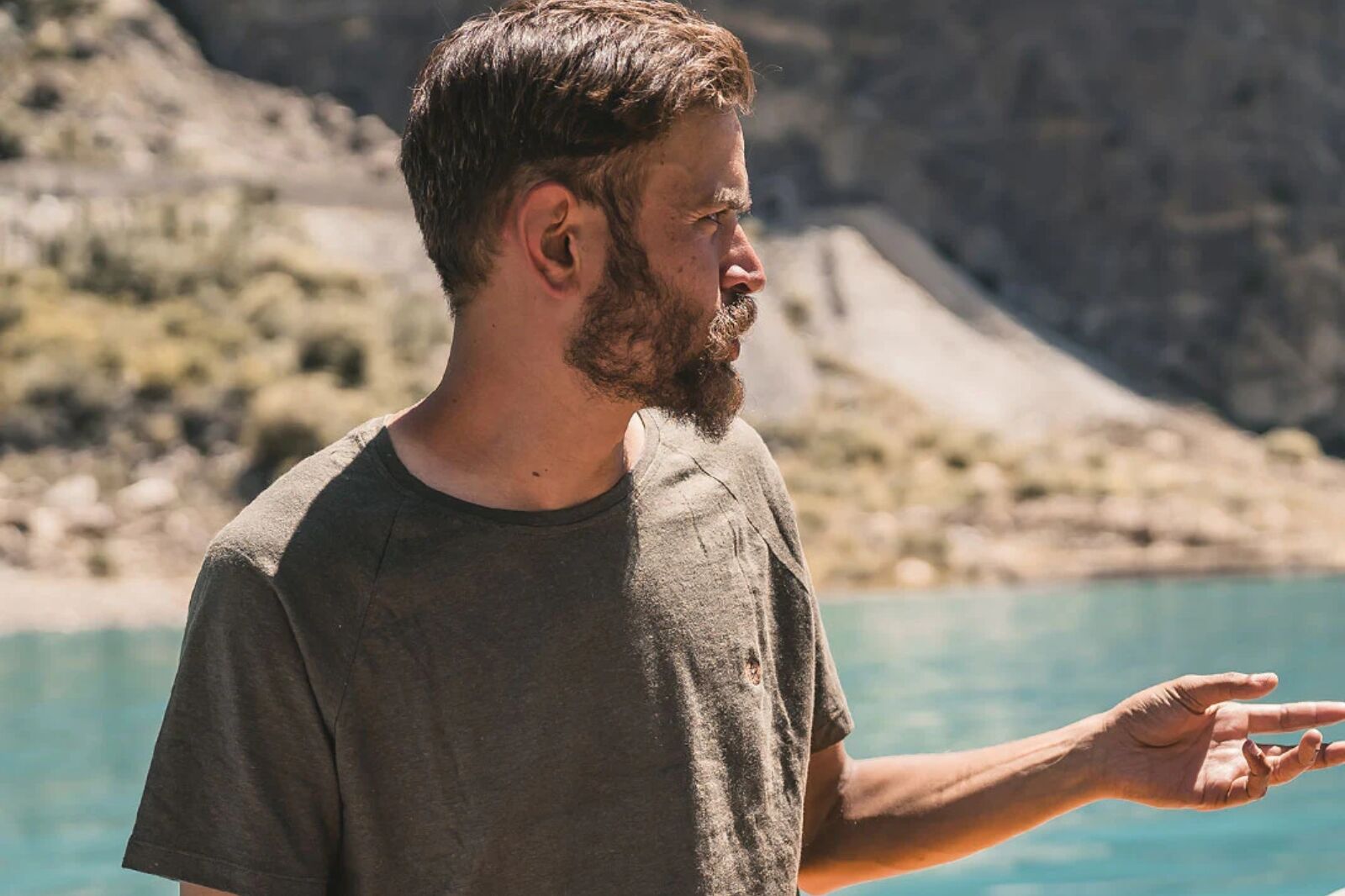
Photo: Kora
Kora’s hemp crew t-shirts are ideal for safari and everyday use. The fabric blend is really comfortable and hemp is famous for being breathable and very hard-wearing. Kora’s sizing is accurate but generous. It’s worth the price tag of $60. Not only because this is an investment piece you’ll have in the wardrobe for years to come, but because it’s multifunctional. You also don’t need to be washed as often as other t-shirts, making this great for those who like to travel light.
Price: $60
Wide-brimmed hat
You’ll also want a wide-brimmed hat for sun protection. We encourage you to shop at the Zero Waste Store for its mission to protect nature and the environment. The marketplace thoroughly vets its products before listing them. The Zoila Boater Hat is a great African travel hat. Made by Minga, from 100 percent Ecuadorian wool felt, the hat is handcrafted and has a veg-tanned leather band. The hat keeps you cool or warm, depending on the season.
Price: $149
Merino wool socks
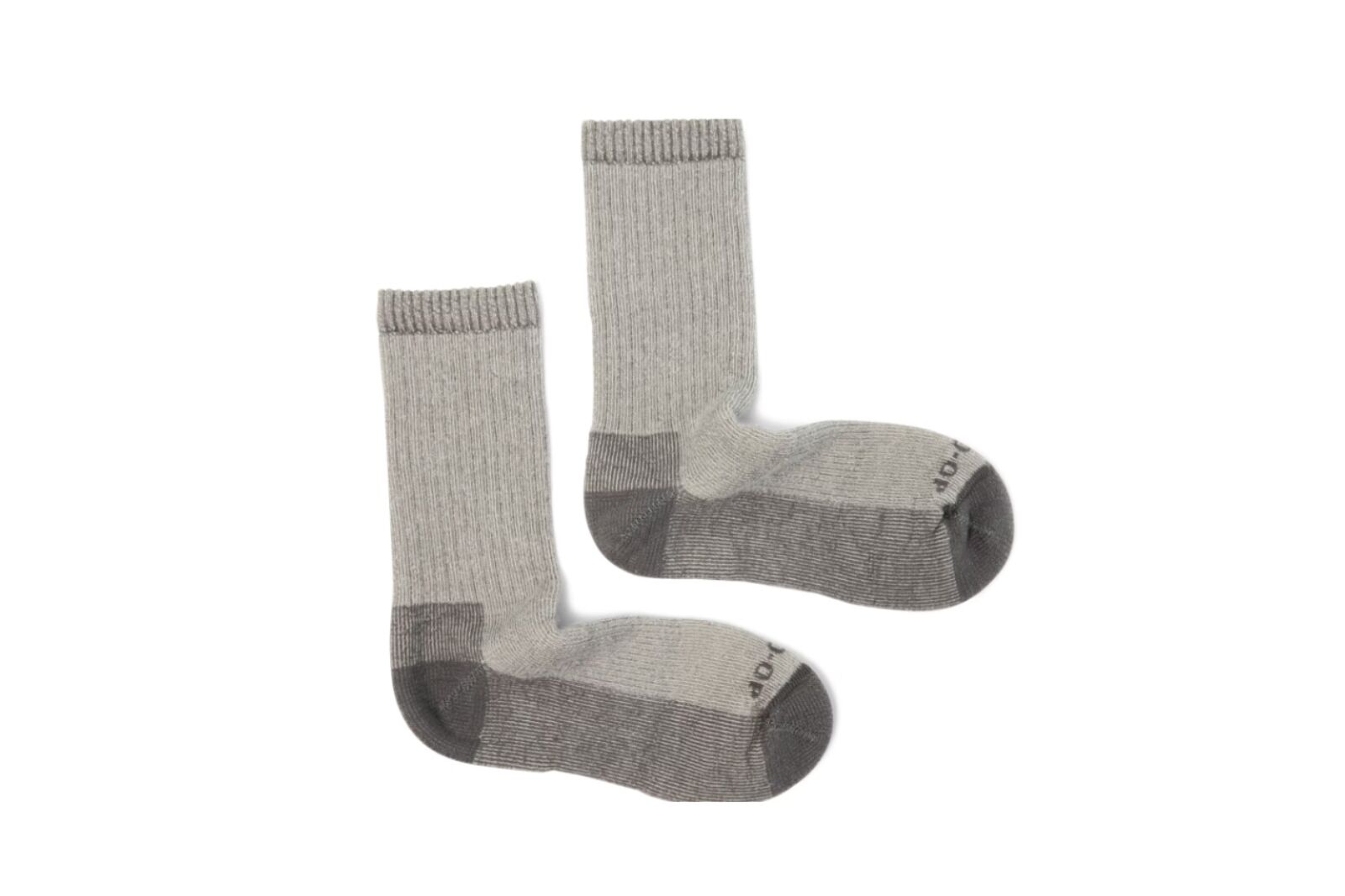
Photo: REI
Merino wool socks are particularly important for safari. Merino wool is known for its moisture-wicking abilities. This means that it can draw sweat away from your skin and towards the outer surface of the sock, where it can evaporate. This keeps your feet dry and comfortable even in hot, humid conditions often experienced during trekking. Merino wool is also thermoregulating, which helps to regulate your body temperature. It can keep your feet warm in cold weather and cool in hot weather. This is useful for safaris, where temperatures vary between day and night.
Price: $19.95
Buff
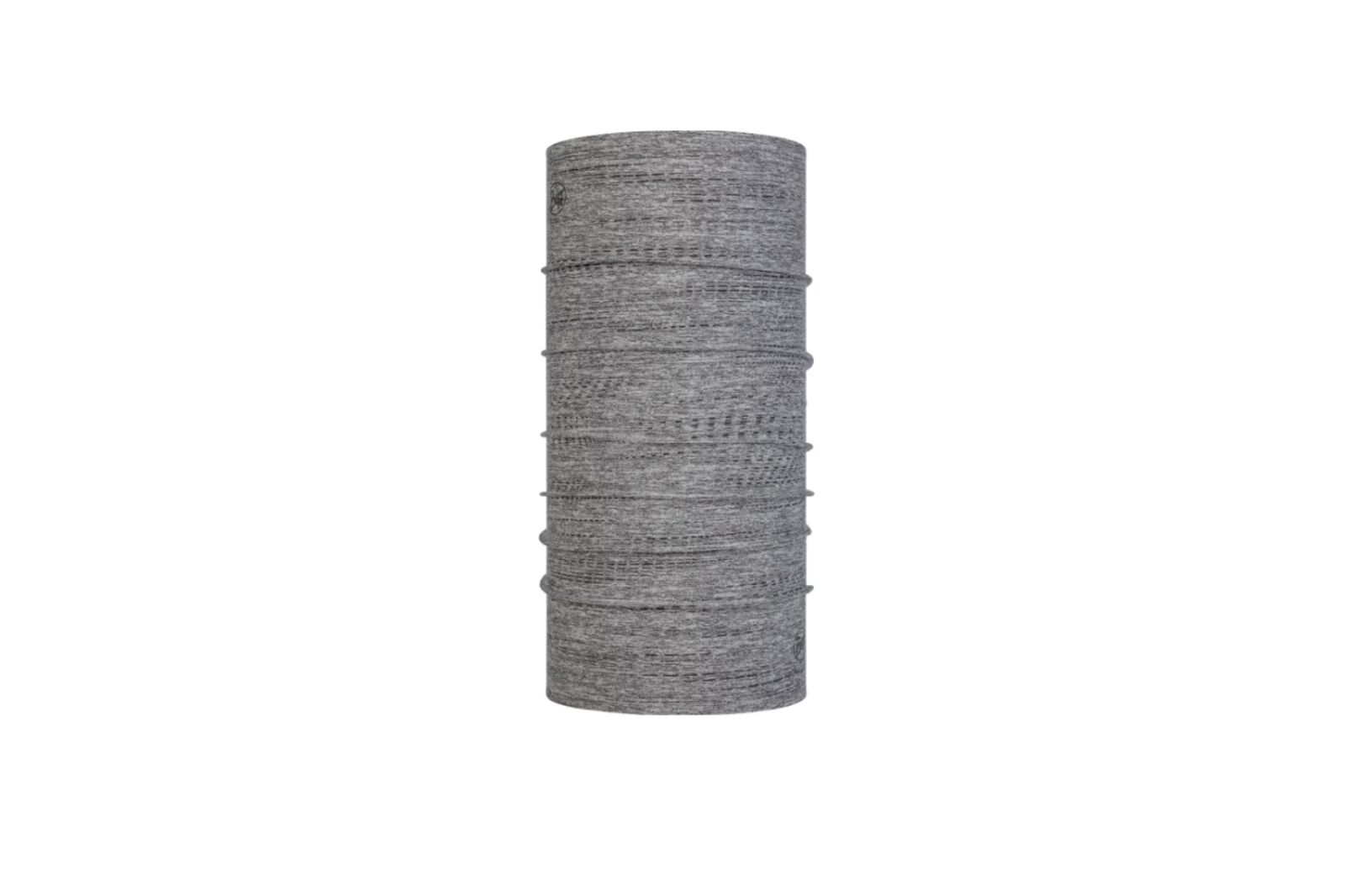
Photo: REI
Safaris often involve exposure to harsh weather conditions like intense sunlight, wind, and dust. A Buff can protect your skin from these elements, serving as a protective layer between your skin and the environment. A Buff can be used in multiple ways — as a headband, neck gaiter, bandana, or even a substitute tissue. Its versatility makes it a practical item to pack and they are small enough to fit in your pocket or fanny pack.
Price: $26.00
Polarized sunglasses
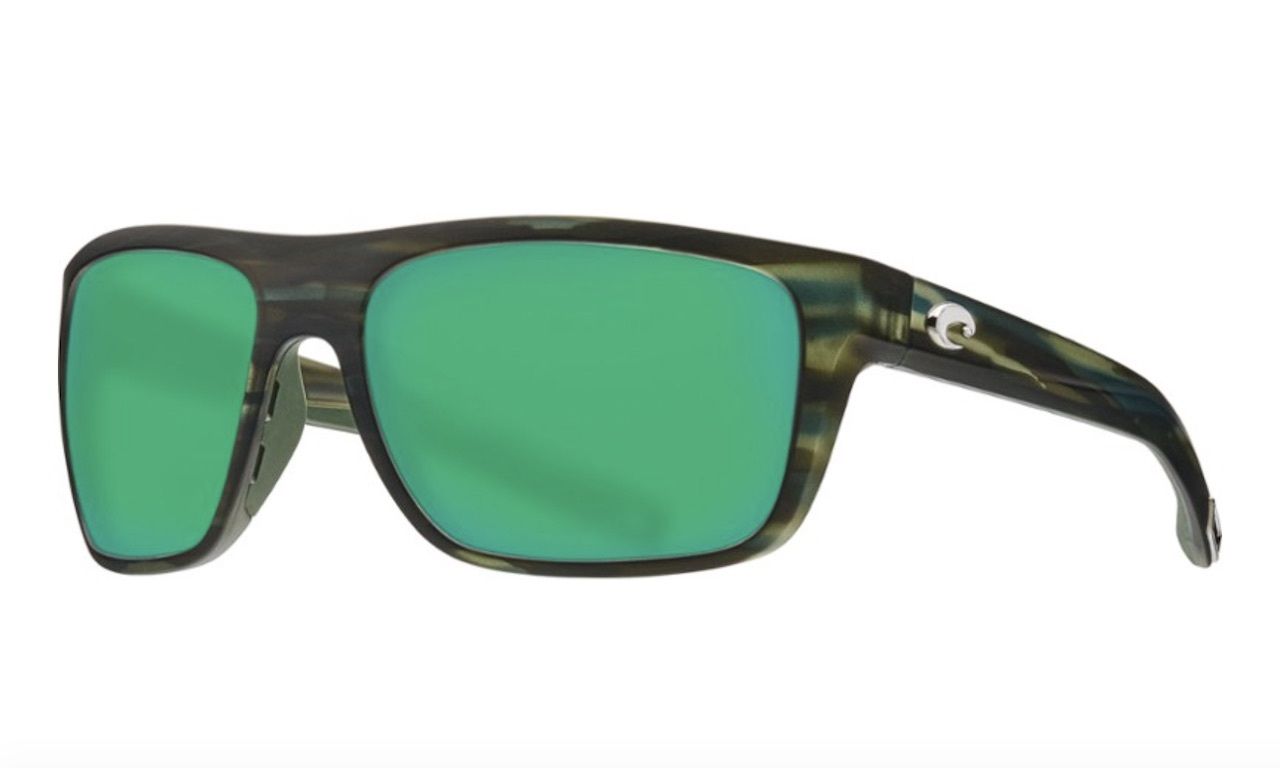
Photo: REI
High-quality sunglasses will save your eyes on a trip to Africa, especially if you’re going anywhere near the equator, the beach, or on safari. Costa del Mar makes a full range of polarized lens glasses that stand up to the elements while also looking trendy. These are especially popular if you plan to try some of South Africa’s epic surfing or are going whitewater rafting in Uganda, as they have some great water-ready features, including hydrolite nose pads and temple grips that help keep the glasses on your head upon impact with water. The uber-comfortable Costa sunglasses in matte green reef with green lenses are a favorite, but there are plenty of other styles.
Price: From $193
Mosquito protection
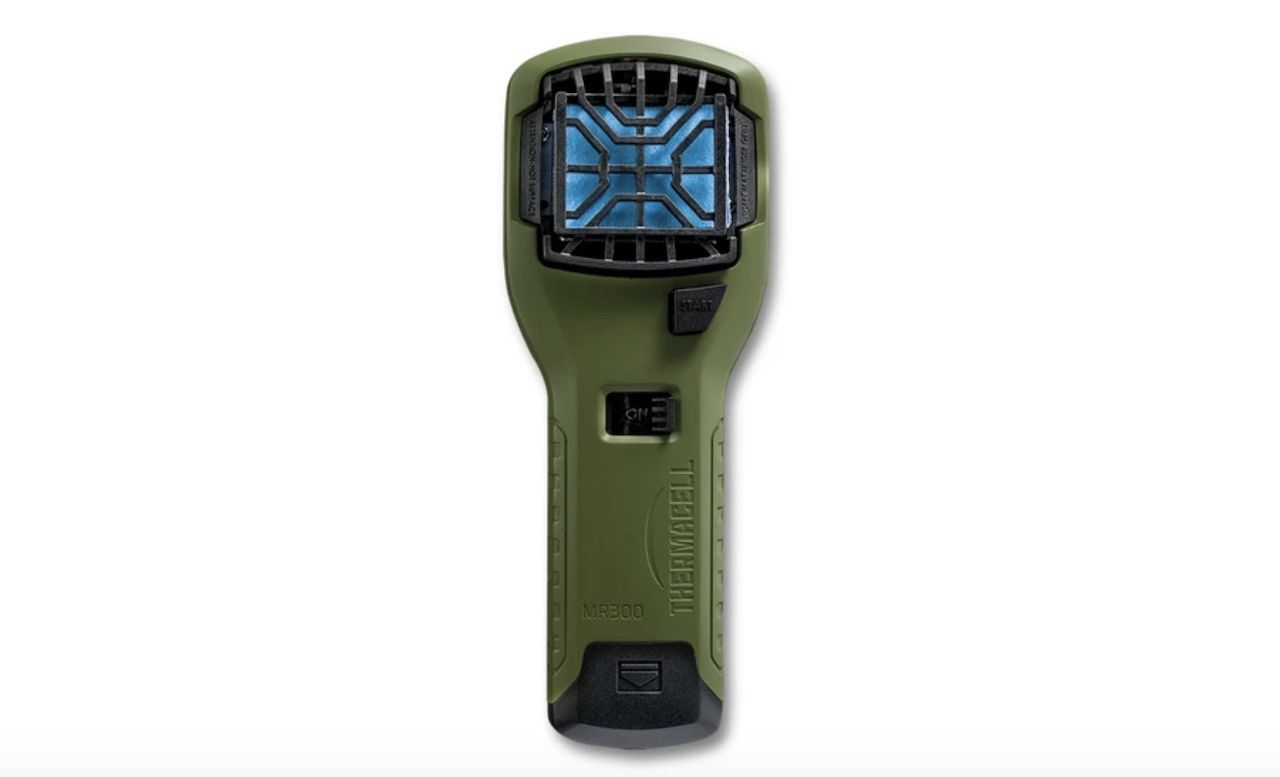
Photo: Thermacell
Mosquitos are more than a nuisance in many African countries. They also spread deadly diseases like malaria. Beyond the typical DEET or another harsh-odored spray, Thermacell makes zone mosquito repellents that drive away these obnoxious pests with the push of a button. The MR 300 Portable Mosquito Repellent works exceptionally well for water safaris like dug-out canoes through the Okavango Delta since it can be attached to a boat. The device uses chrysanthemum to create an invisible force field to deter mosquitos.
Price: $21.99
Headlamp and lantern
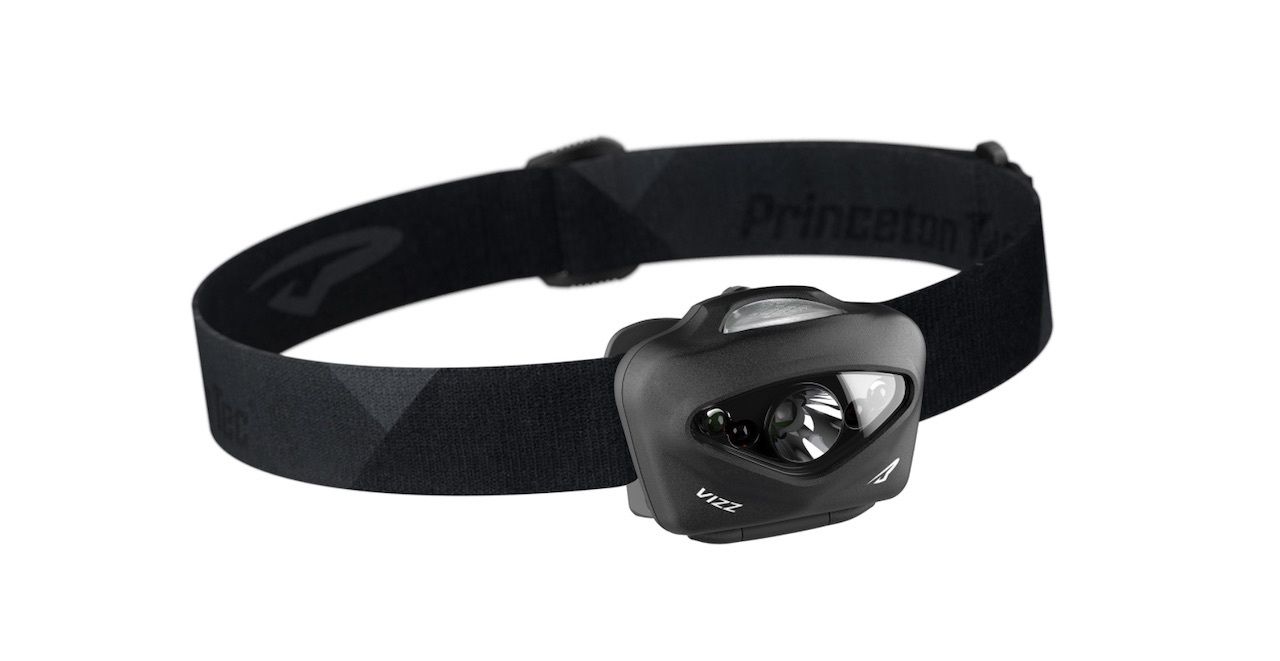
Photo: Princeton Tec
A good headlamp is a perk for any African trip. Whether the electricity goes out or you just want to see in dark places, these devices are super portable and can stay charged for hundreds of hours. Try the Princeton Tech Vizz, as it has a red light setting to preserve night vision while lighting your path.
A small USB rechargeable lantern like the BioLite BaseLantern is also a useful light source, especially if you will be camping or staying somewhere without electricity. It doubles as a power bank, so no need to buy an additional power source. Plus, BioLite gives back to countries in Africa and Asia by donating a product for each item sold. In 2020 the company crossed the million lives milestone, having delivered safe and reliable energy to more than 1.7 million people in need for free.
Price: From $55.86
